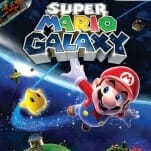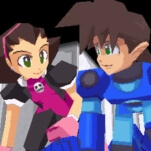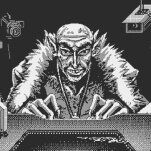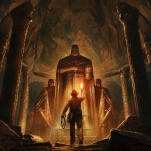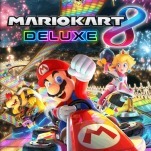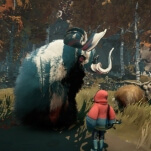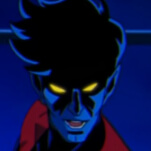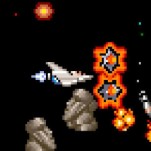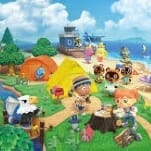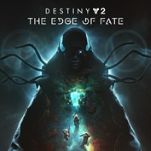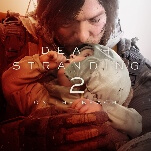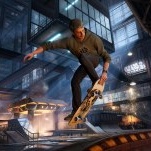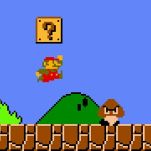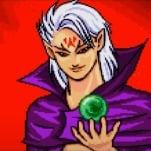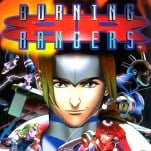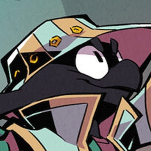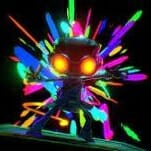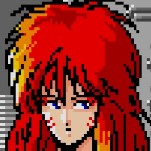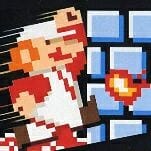6 Videogames With Minigames That Drastically Shift the Tone
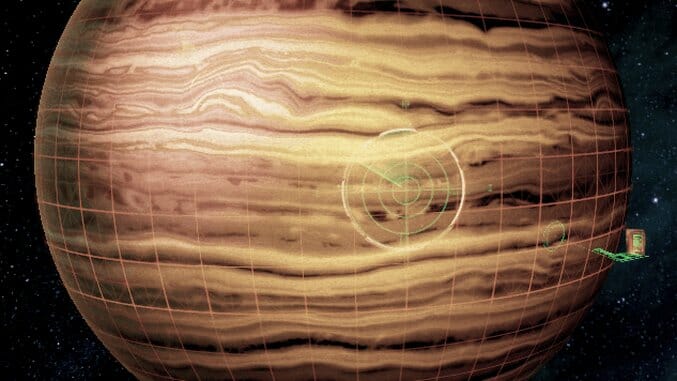
Done correctly, a well-placed minigame can provide a breath of fresh air for a videogame that’s spent too much time sticking to a set formula. After all, even the most ardent Gears of War fan can appreciate a change of pace after perpetually chainsawing limbs from bodies for hours at a time. Hopefully. Ideally a minigame will be short and simple and not detract too heavily from the primary experience either in tone or difficulty. It’s just a brief respite so the blood on your space marine armor has a few seconds to dry.
Done poorly, minigames can range from wildly-difficult distractions that retroactively cause a player to hate a game they were otherwise enjoying, to such profound tonal shifts it feels like an intentional attempt to put to rest the “Are videogames art?” debate forever with a definitive, “Hell no.”
Here are six minigames more like the latter.
1. Slow, Terrifying Horror Game Turns Into Galaga
The first Dead Space is a master class in building tension and dread. The action largely revolves around slowly creeping through darkened, corroded corridors praying to God that no hideously-disfigured Necromorphs jump out and tear your squishy body asunder. When combat does occur, it largely consists of frantic backpedaling and desperate trigger pumping. It’s an intense experience where one misstep can lead to gruesome death sequences designed to jumpstart a vomit.
So when the game inexplicably turns into a poor man’s Galaga near the end, it comes across as particularly jarring. Not only is it zero fun to shoot asteroids out of the sky after hours of desperately grappling with undead corpses, it’s freaking difficult. Several frustrated players have quit at this point rather than bother with the inevitable headaches stemming from watching your new favorite game dissolve into gameplay that feels better left in the 80s.
2. Stop Blowing Stuff Up And Play My Nuclear Puzzle
The Red Faction games are famous for their incredible destruction mechanics. Depending on the game, players can blow holes through walls, reduce multi-storied buildings to rubble or even use a rocket launcher to tunnel deep into the Earth. Each game in the series puts the ability to reduce each level to rubble front and center. It’s a fascinating and unique twist on the traditional shooter that remains fun playthrough after playthrough.
That’s why it’s such an anticlimactic disappointment when, in the first Red Faction game—after hours of destroying any and every thing with godlike power—the only way to finish the game is by playing a puzzle. Not a fun, physics-based, make-a-ramp-by-blowing-apart-this-skyscraper kind of puzzle. It’s more like a guess-the-code, trial-and-error computer puzzle. After witnessing the destruction of Mars at your quivering hands, players conclude the game by staring at a computer monitor and clicking directional arrows in order to stop a nuclear bomb from going off. You’re actually thwarting the thing that made the game fun in the first place.
-

-

-

-

-

-

-

-

-

-

-

-

-

-

-

-

-

-

-

-

-

-

-

-

-

-

-

-

-

-

-

-

-

-

-

-

-

-

-

-








